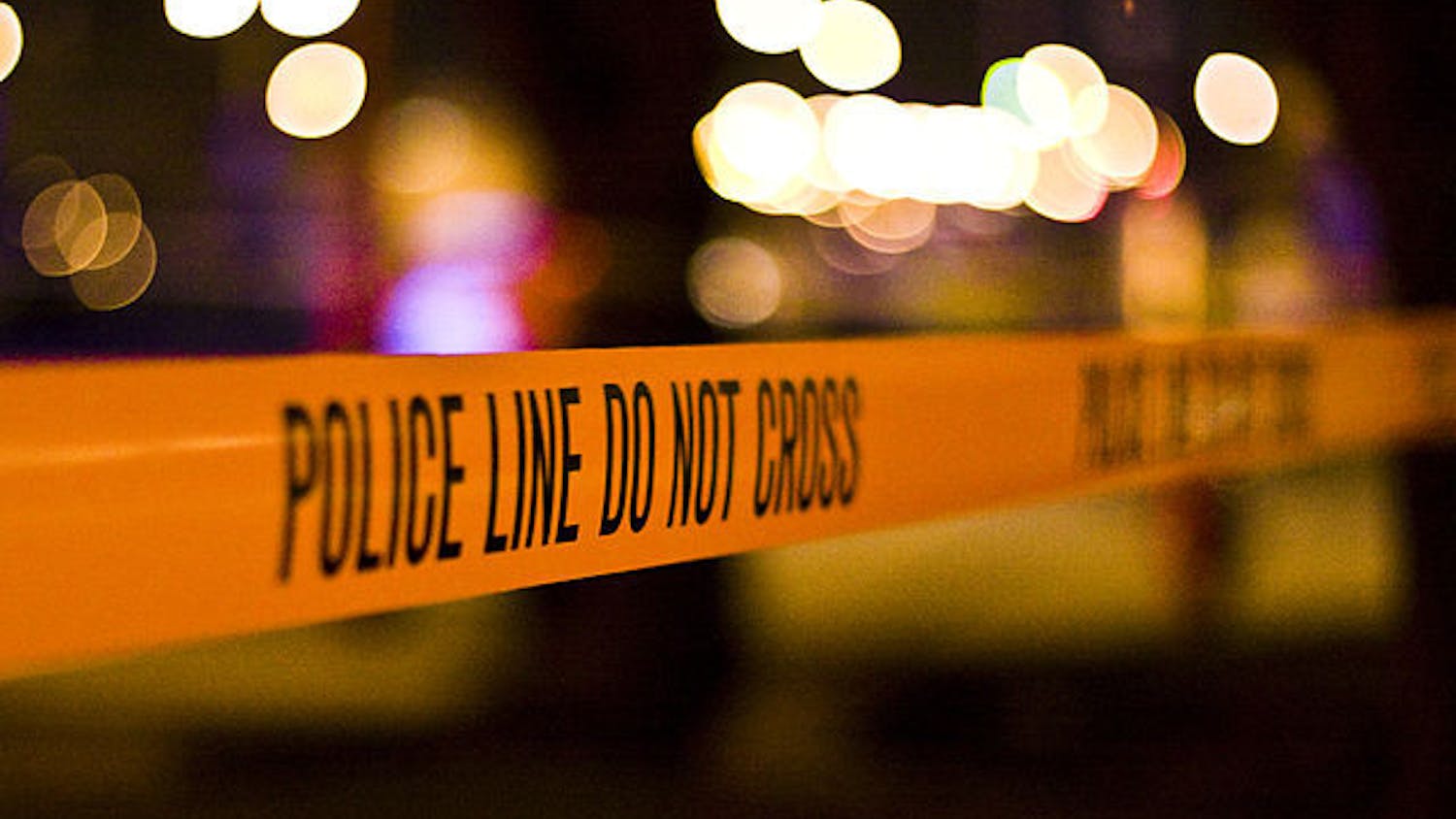Students have been fighting for further recognition of UF’s Black population for decades. Now, the university is working to install a marker recognizing its first Black students.
While the marker would honor Black students’ history, it’s not exactly what some students have been fighting for.
Harley Herman, executive director of the Virgil Hawkins Historical Society, has spent the past 30 years fighting for a monument for his friend and colleague Virgil Hawkins, a Black man who was denied admission to UF in 1949 because of his race.
Herman has been sending letters to UF President Kent Fuchs and the Board of Trustees since 2011 requesting approval for his proposed integration monument — he sent his most recent letter March 27.
The letters are usually prompted by events showing why the monument is important, such as the Black Lives Matter movement or the death of notable Black alumni.
Herman’s proposal led the Board of Trustees to revisit how to best honor UF’s first Black students, UF spokesperson Steve Orlando wrote in an email. Herman’s letters led to a conversation between Fuchs and Orlando where the two discussed the idea of honoring UF’s first Black students with a marker, he wrote.
A plaque near Bryan Hall already honors Hawkins’ efforts and briefly references Starke Jr. and W. George Allen, the law school’s first Black graduate. The marker will be in the courtyard near Bryan Hall, Orlando said. This is because Bryan Hall was previously home of the College of Law, where the first Black UF student attended class, and because the courtyard is a high traffic area near the center of campus, so it would be easily seen.
“You put it there because you want people to see it and to learn about the historical significance of what happened there,” Orlando said.
While it’s not what Herman has been pushing for, he believes the marker is a step in the right direction.
Herman plans to keep tabs on its progress to ensure the proposal doesn’t die. He said the first Black UF students shouldn’t have to die before seeing the marker that honors them.
“It’s not going away, because the history can’t go away,” Herman said. “University of Florida’s history and when it integrated is not going away. It’s just a question of when the university will embrace it. The longer it takes, the more there’s a negative message associated with the school.”
The History Advisory Council plans to put the marker in the courtyard near Bryan Hall, where the current one exists. The location formerly housed the College of Law, where UF’s first Black student, George Starke Jr., attended class, Orlando said. Because of the pressures of being the only Black student at UF, Starke Jr. withdrew after three semesters to work on Wall Street.
The University History Advisory Council, which works to raise awareness of UF’s history, achievements and contributions to higher education, met May 25 and approved the marker, Orlando wrote. As the council is still considering how soon the marker could be created, there are no guarantees the marker will be installed this Fall.
The marker, which could take two to three months to finish, will cost about $1,700, Orlando wrote.
David Canton, director of African American Studies, said while a monument would be worth the money, he understands why UF may not fund one. If the university erects a monument honoring its original Black students, he said, it may assume that people will call for more monuments honoring other students.
He said UF could also argue it’s not worth the cost, while others would say it is. Either way, he said, the university should be the one to pay for it.
“I think that’s what it gets down to, what do you value,” Canton said. “You put your money in what you value.”
Vincent Adejumo, senior lecturer of African American studies, said he’s seen faculty and students in his department and students who have advocated for a monument of Hawkins over his past 2 years at UF. He said the lack of a monument affects the university’sUF’s reputation by not prioritizing diversity within the institution.
“It plays into the overall narrative that University of Florida is racist,” Adejumo said. “And you see that in the enrollment numbers.”
This year, Black UF admits made up about 5% of admits, and there were 47 fewer Black students admitted compared to 2020 year. The numbers have remained under 10% since 2008.
Adejumo said low Black enrollment, coupled with lack of representation on campus and buildings named after racist people, contributes to the perception of an unwelcoming environment.
He said the conversation is not just about a monument but equitable resources in general. UF is nowhere near equitable when it comes to participation from Black faculty and students, he said.
Herman also suggested supplementing the marker with oral stories on a website to serve as a lasting tribute.
“It is my hope that when the plaque is dedicated, those alumni will be invited to both attend and be publicly recognized by a large group of students, faculty and administrators,” Herman wrote.
Amanda Edwards, vice president of the UF Association of Black Alumni-Gainesville Chapter, provided an email statement from the chapter’s board members, all of whom support the marker.
However, it wants to help UF’s Black students in other ways.
“While we eagerly support visual representation on campus, ABA-GNV’s focus remains on supporting efforts by the university to improve enrollment, experiences and outcomes of black students at the University of Florida,” the board members wrote.
Beyond plaques and markers, UF hasn’t installed any statue-type monuments honoring Black students, while other state institutions have.
In 2004, Florida State University unveiled an integration monument honoring its first Black students, and University of Miami approved a similar monument for 2022 and announced a virtual exhibition and exhibit.
While UF lags behind fellow state schools, with the marker, the university is taking the first steps toward honoring its integration.
With the marker now approved, UF is now checking to see how soon the marker could be created.
Contact Joseph Oprison at joprison@alligator.org. Follow him on Twitter @joprison.
This article has been updated to reflect the University History Advisory Council plans the location of the historical marker. The Alligator originally reported otherwise.






